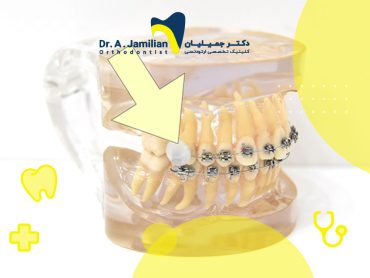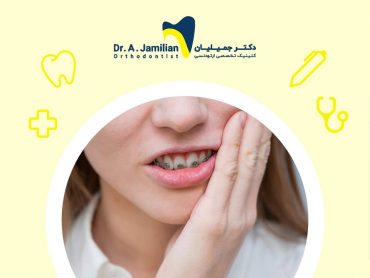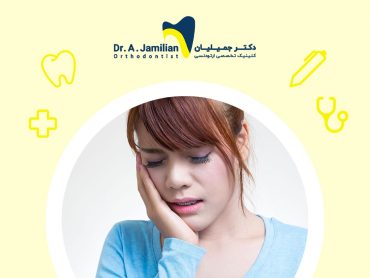Orthodontic O-rings are small elastic bands that wrap around orthodontic brackets to hold the orthodontic archwires in place within the brackets securely. Orthodontic O-rings maintain tension on the orthodontic archwire, providing the necessary force to move teeth. As teeth move, the orthodontist re-adjusts the wires and replaces the O-rings to continue the alignment and treatment course. Many orthodontic patients are unfamiliar with O-rings and confuse them with orthodontic elastic bands. This article from Dr. Jamilian’s website will clarify the differences between these two orthodontic tools.
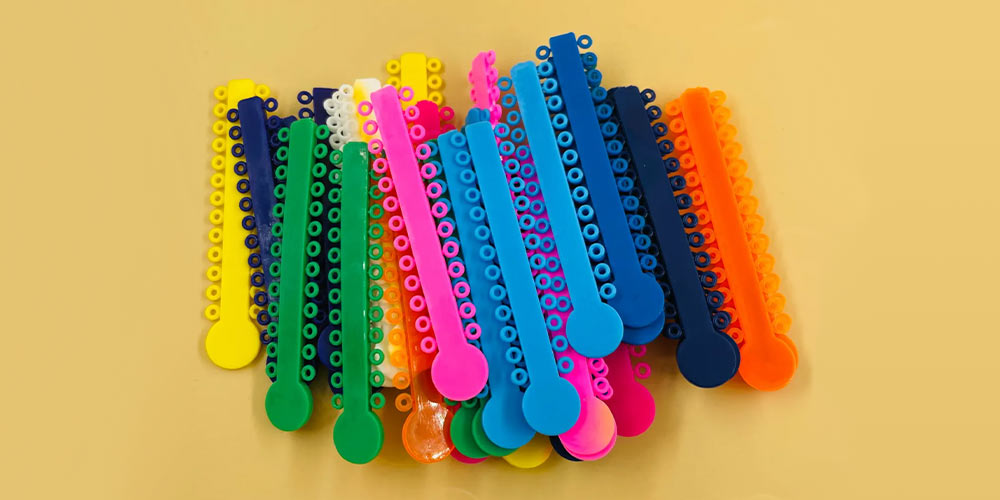
What is the difference between orthodontic O-rings and elastics?
O-rings and orthodontic elastics share similar properties in terms of material and elasticity. However, their applications and functions differ significantly. Certain specifications of fixed orthodontic elastics and O-rings are detailed below.
| Orthodontic elastics | Orthodontic O-rings |
|---|---|
| Orthodontic elastics are elastic bands. | O-rings are small and elastic rings. |
| They are hooked between teeth on one or both arches | They are installed around orthodontic brackets. |
| They are used to apply pressure and move teeth. | They are used to keep orthodontic wires fixed. |
| The patient can independently place them onto the brackets. | A fixed orthodontic O-ring is installed on the bracket by an orthodontist every month, if necessary. |
| May be commonly found available in different sizes | Limited specifically in only one fixed size. |
| There is no colour variation. | O-rings are available in a variety of transparent and coloured forms. |
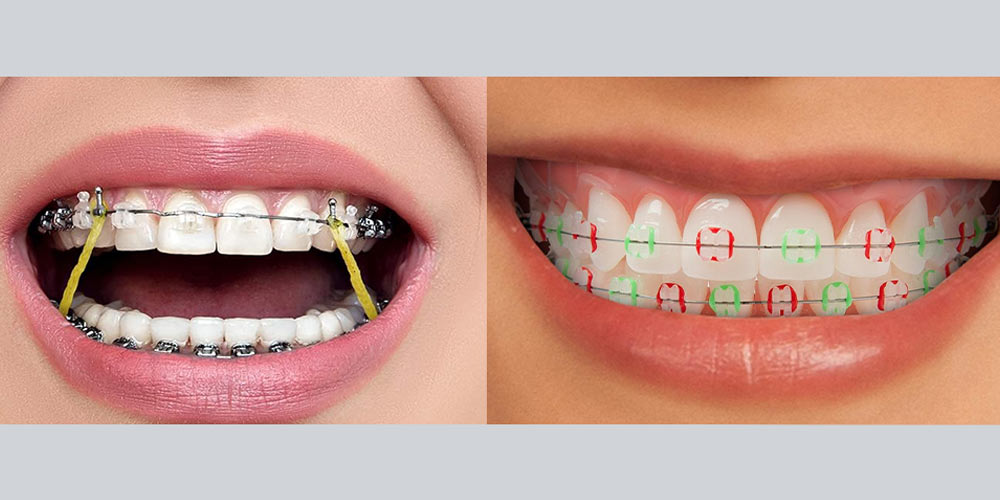
How to install orthodontic O-rings
O-rings are placed around orthodontic brackets and braces after they are bonded to your teeth. The duration of O-ring use depends on the condition of your teeth and is determined by your orthodontist. Unlike orthodontic elastics that patients can replace independently, an orthodontist can only install and remove O-rings. Using specialized ligature forceps, considered an orthodontic tool, the orthodontist gently opens the O-ring and places it securely around each bracket. Subsequently, verifying that the O-ring is perfectly fitted around all four sides of the bracket is essential. Proper O-ring placement is somewhat difficult and requires skill. We recommend that you visit specialized centers to check the condition of the O-rings during the treatment course.
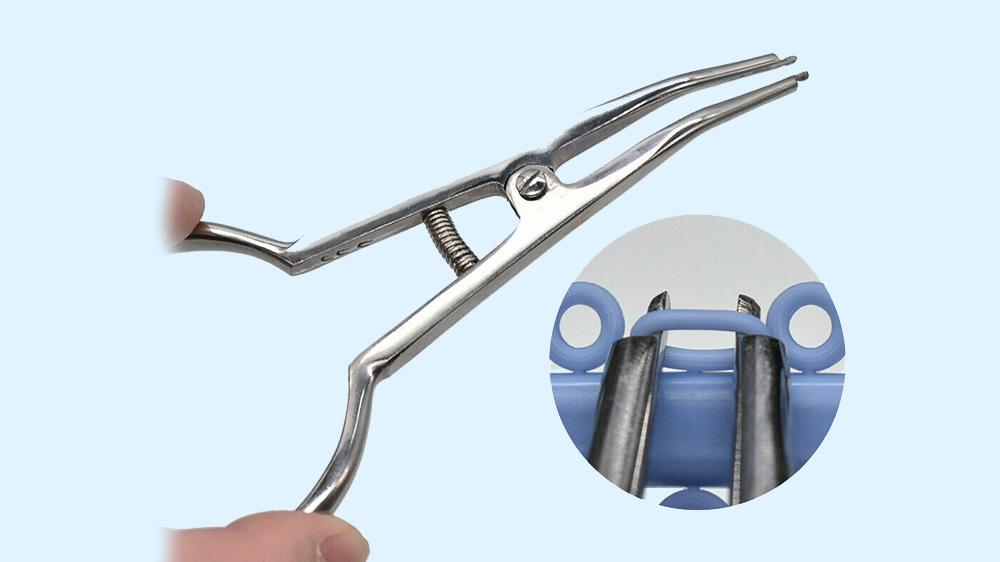
Two must-know tips for orthodontic O-ring maintenance and hygiene
You should note that orthodontic O-rings are made of elastic and silicone materials and require special care. Adhering to the following two tips will help you take the best care of your orthodontic O-rings and ensure a successful, satisfactory orthodontic treatment. These tips are:
1- Timely replacement of orthodontic o-rings
While patients cannot replace orthodontic O-rings, they are recommended to visit their orthodontist. Monthly checkups are important for several reasons. Regardless if you wear O-rings, checkups allow for further checkups, appropriateness of braces, and for the orthodontist to see how you’re doing.
2- Attention to dental hygiene
When wearing brackets and orthodontic O-rings, it’s crucial to use orthodontic interdental brushes and floss. Avoiding sticky or sugary foods also helps prolong the life and quality of orthodontic O-rings. Regular brushing and flossing prevent bacteria buildup on teeth and around brackets and O-rings.
FAQ about Orthodontic O-Rings
Orthodontic O-rings are installed by your orthodontist during appointments using a tool like separating forceps. They are placed based on the specific needs of your brackets.
It isn’t guaranteed that your orthodontic O-ring is stable at all times. If your O-ring comes off, be sure to visit your orthodontist. Delaying the replacement of O-rings may prolong your treatment and negatively impact the correction of dental occlusions.
Regular use of orthodontic interdental brushes and dental floss helps maintain the integrity and colour of orthodontic O-rings. Orthodontists take the required measures to check and replace O-rings.
Yes, coloured O-rings may discolour over time. Factors like smoking, time, and excessive consumption of caffeinated drinks can cause discoloration. Lighter-coloured bands tend to discolour more quickly.
Yes, orthodontists typically involve patients in choosing the colour of O-rings for their braces. O-rings can also be installed on orthodontic braces. Yet, children have a particular tendency for coloured O-rings.

